In the diverse realm of animal species, there exists a fascinating array of creatures with names beginning with the letter “I.” From the mighty and intelligent creatures of the wild to the peculiar inhabitants of the deep sea, these animals showcase the remarkable diversity and adaptability found in the animal kingdom. From large land-dwelling mammals to tiny insects, the animals that fall under this category exhibit a range of captivating characteristics and behaviours. In this exploration, we will delve into the intriguing world of animals with the letter i discovering their unique attributes and uncovering the wonders they bring to the natural world.
Table of Contents
Animals that start with I
Iguana
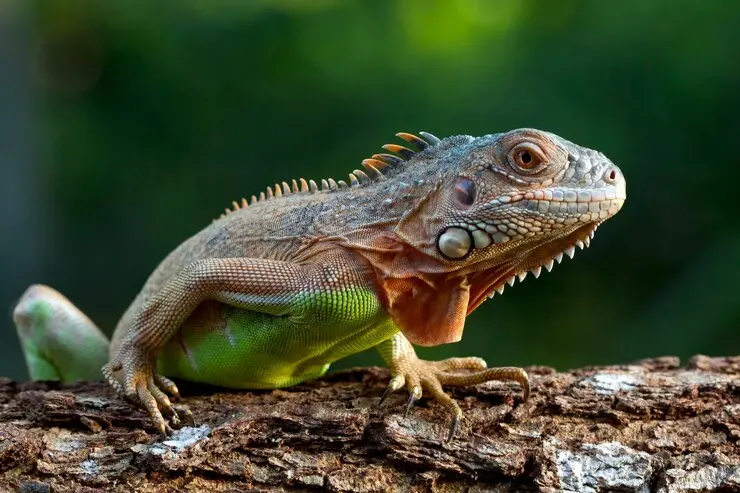
Iguanas are large, herbivorous lizards native to tropical regions of Central and South America. They are known for their distinctive appearance, with rough, scaly skin and a row of spines running down their back. Iguanas have excellent climbing abilities and are capable of changing colour to regulate their body temperature. They primarily feed on leaves, fruits, and flowers.
Impala
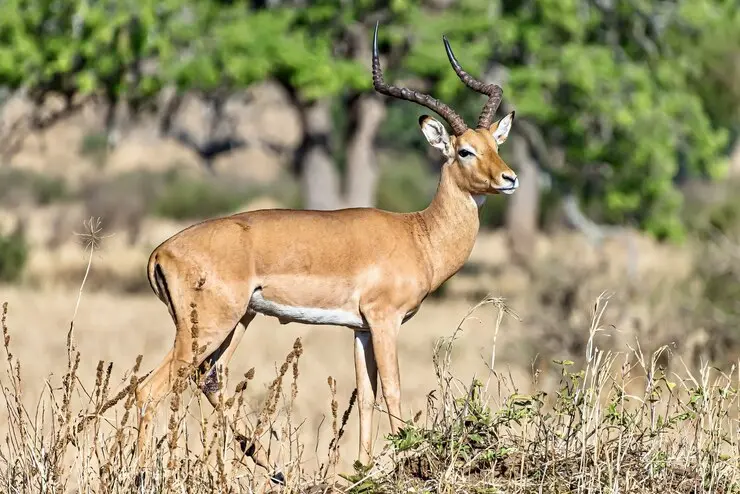
Impalas are medium-sized antelopes found in eastern and southern Africa. They are known for their slender build, reddish-brown coat, and striking black markings on their hindquarters. Impalas are renowned for their remarkable leaping ability, with the ability to jump up to 10 feet in height and over 30 feet in length. They inhabit open grasslands and form herds for protection against predators.
Ibex
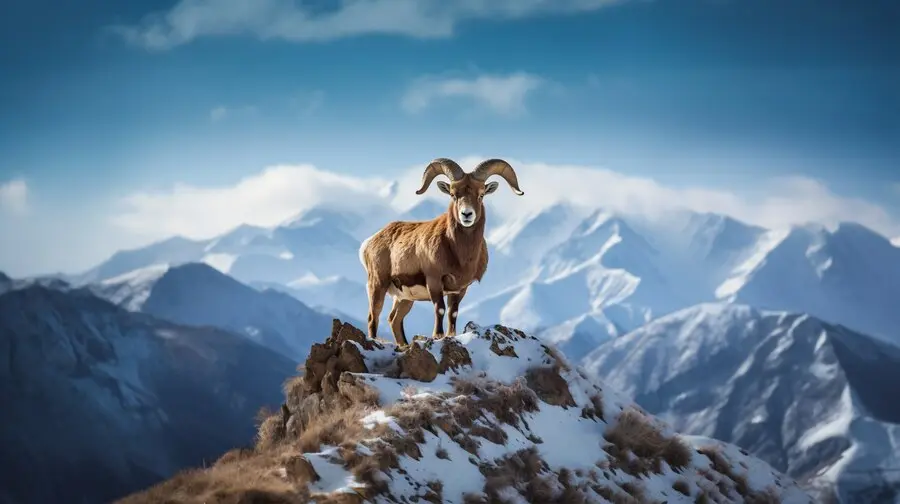
Ibexes are wild goats characterised by their long, curved horns and sturdy build. They inhabit rugged mountainous regions of Europe, Asia, and Africa. Ibexes have exceptional climbing and balancing skills, enabling them to traverse steep and rocky terrain with ease. These herbivorous animals feed on grasses, leaves, and other vegetation. They are known for their keen senses and can detect predators from long distances.
Infernolepis
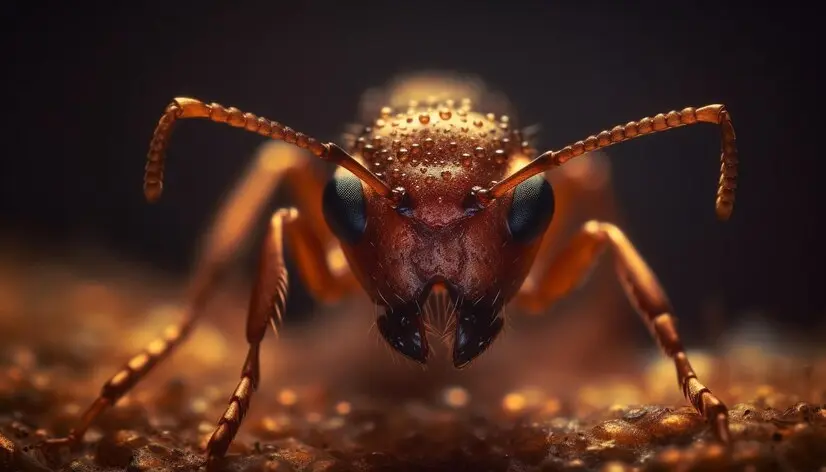
Infernolepis is a genus of extinct placoderm fish that lived during the Devonian period, approximately 419 to 358 million years ago. These armored fish were characterized by their heavily armored head shields and bony plates covering their bodies, providing protection against predators. Infernolepis species were bottom-dwellers, inhabiting shallow marine environments and preying on small invertebrates and fish. Despite their formidable appearance, placoderms like Infernolepis eventually went extinct, paving the way for the rise of modern fish and other vertebrates during the subsequent geological epochs. Their fossils provide valuable insights into the early evolution of vertebrate life on Earth.
Ibis
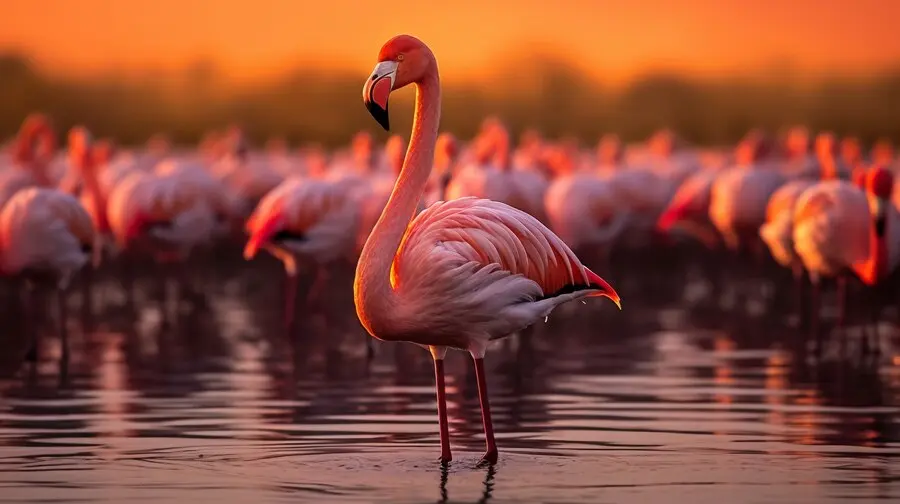
Ibises are long-legged wading birds found in various parts of the world. They have slender bodies, long necks, and distinctive downward-curving bills. Ibises inhabit wetlands, marshes, and coastal areas, where they feed on a diet consisting mainly of fish, insects, crustaceans, and small amphibians. They are known for their graceful flight and the ability to forage in shallow waters, probing the soft mud for prey.
These top 5 animals that start with “I” represent a diverse range of species, each with its unique characteristics and adaptations to their respective habitats.
Insects that start with I
Let’s look into details about the letter i animal name along with their characteristic properties. Here are a few examples of insects that start with the letter “I”:
Ichneumon Wasp
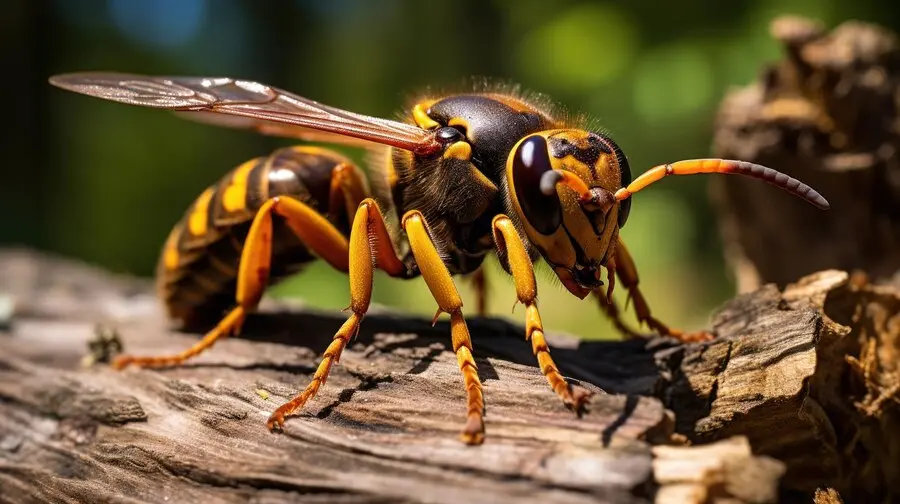
Ichneumon wasps are a large and diverse group of parasitic wasps belonging to the family Ichneumonidae. They are known for their long ovipositors, which they use to lay their eggs inside or on other insects. Ichneumon wasps are beneficial insects that help control populations of other insects, particularly those that harm plants or crops.
Indian Stick Insect
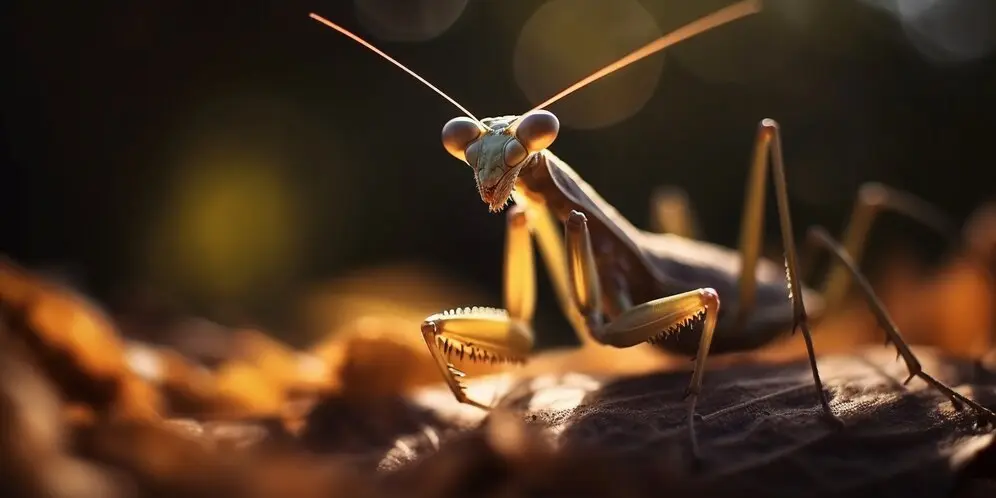
The Indian stick insect, also known as the laboratory stick insect or walking stick, is a fascinating insect that resembles a slender twig or branch. These insects are masters of camouflage, using their stick-like appearance to blend in with their environment and avoid predation. They are herbivorous and primarily feed on leaves.
Inchworm
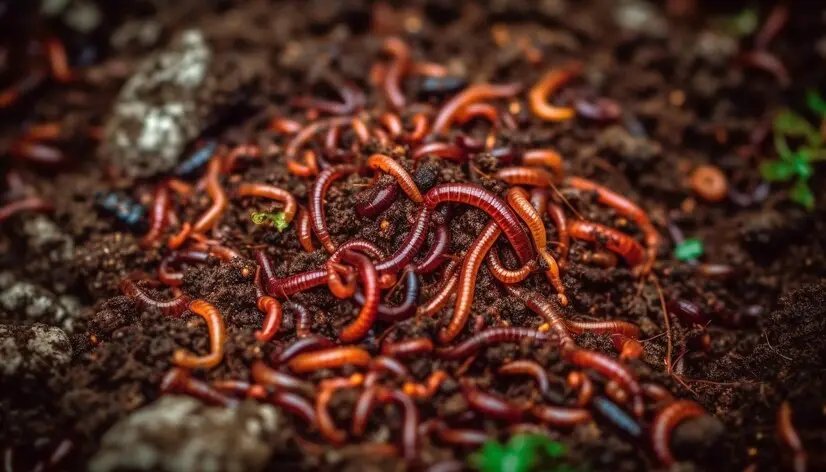
An inchworm is the larval stage of certain moth species, such as the geometer moths. Inchworms are characterised by their looping method of locomotion, where they move by arching their bodies and bringing their rear end forward. They are known for their distinctive body shape and their ability to mimic twigs or leaves as a defence mechanism.
Isopod
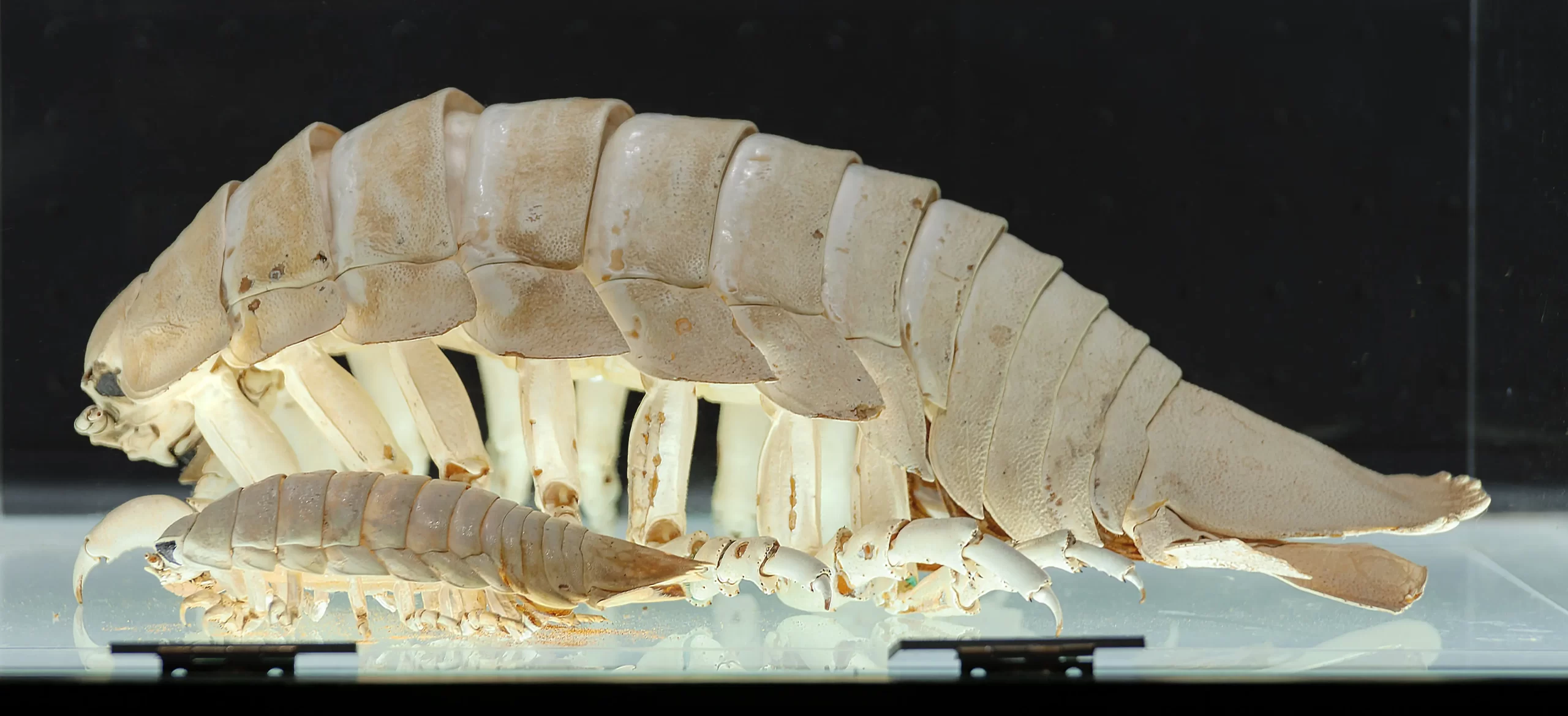
Isopods are a group of crustaceans that include terrestrial species known as pill bugs or sow bugs. These small arthropods have segmented bodies and multiple pairs of legs. Isopods are commonly found in damp environments, such as gardens and under rocks, and they play important roles in nutrient cycling and decomposition.
Ironclad Beetle
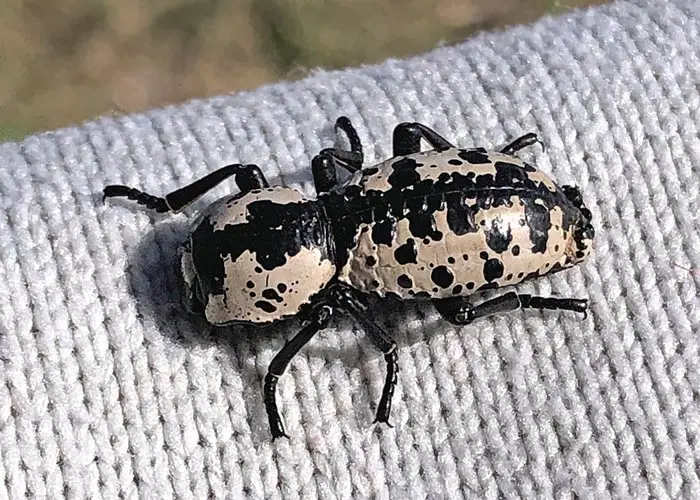
The ironclad beetle, also known as the iron beetle or diabolical ironclad beetle, is a remarkable insect known for its exceptional durability. It has a robust exoskeleton that is highly resistant to crushing forces and can withstand pressure applied by predators. Ironclad beetles are found in parts of North America and are typically found under bark or in decaying wood.
Animals that start with I in the ocean
Do you know what are some of the i for animal name that lives in the ocean? Let’s learn that through the name of some animals that start with the letter “I” and can be found in the ocean:
Irukandji Jellyfish
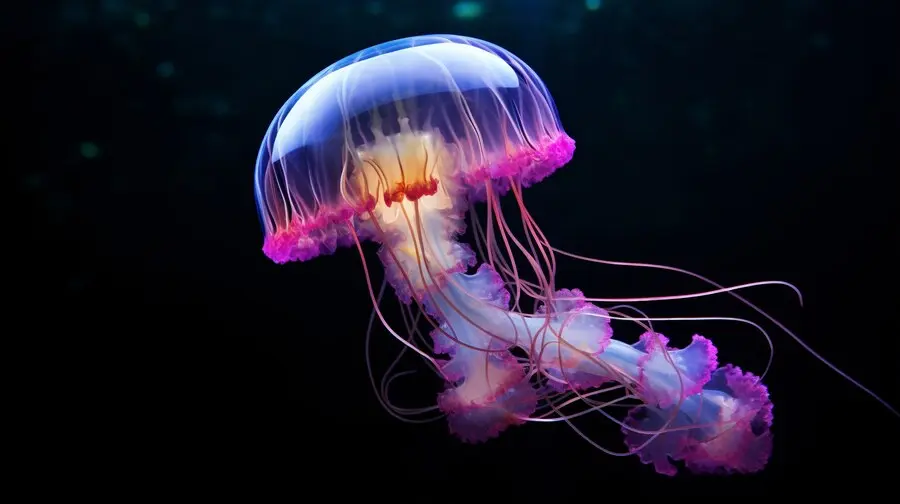
A small species of jellyfish found in the waters of the Indo-Pacific also is an animals that start with i. Despite its small size, the Irukandji jellyfish is highly venomous and poses a significant threat to humans.
Imperial Shrimp
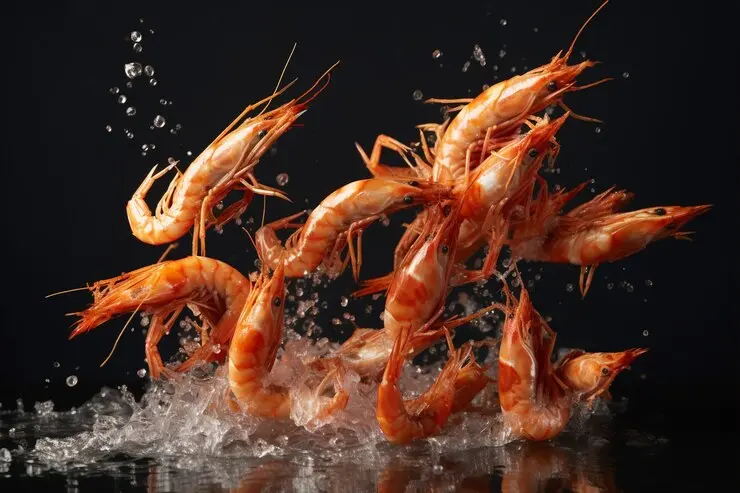
A colourful and small species of shrimp that can be found in coral reefs. Imperial shrimp form symbiotic relationships with certain anemones, providing them with cleaning services in exchange for protection.
Irish Lord
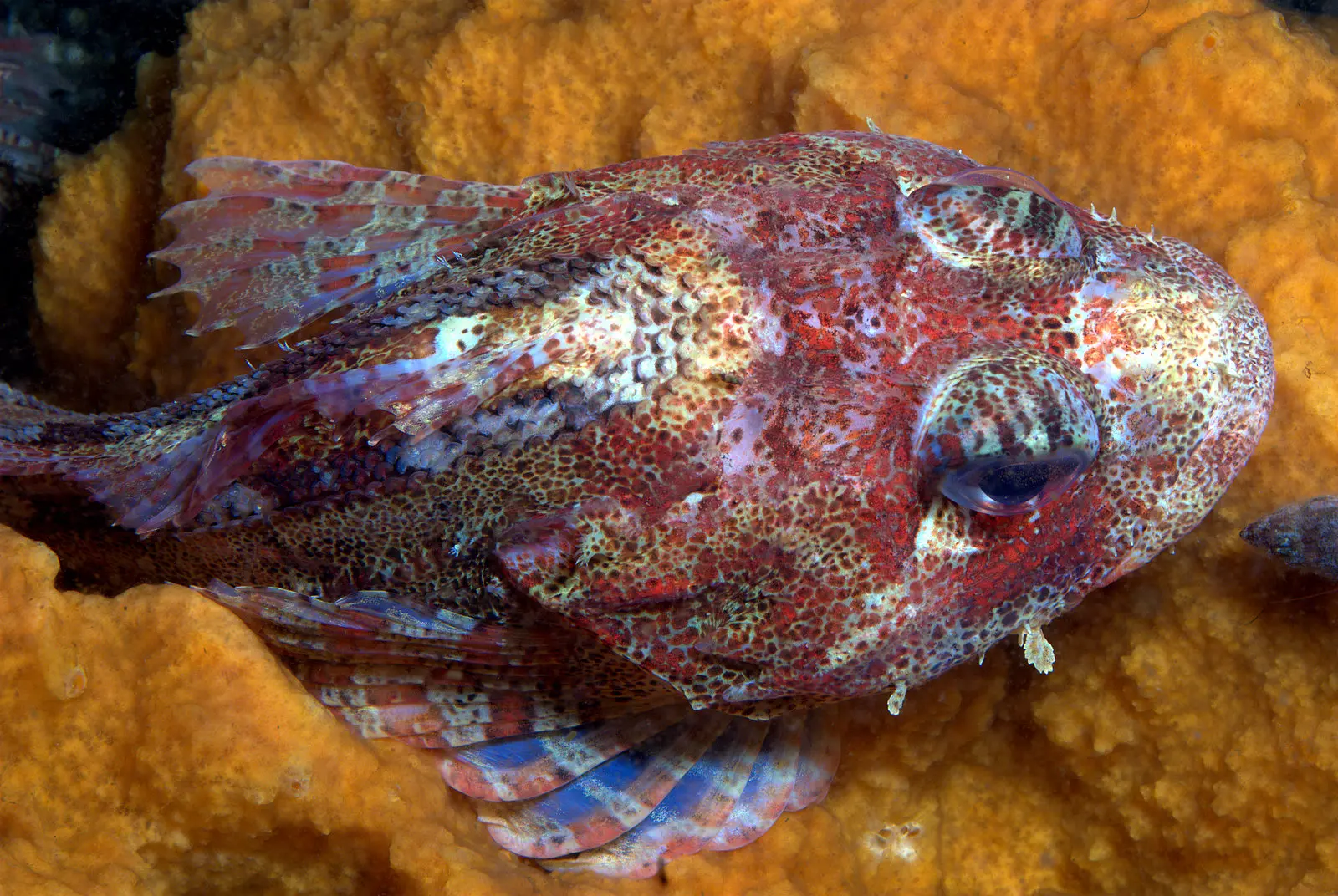
Also known as the sea raven, the Irish lord is a fish found in the northeast Pacific Ocean. It has a unique appearance with a large head, robust body, and mottled coloration.
Fish
Isopod Fish
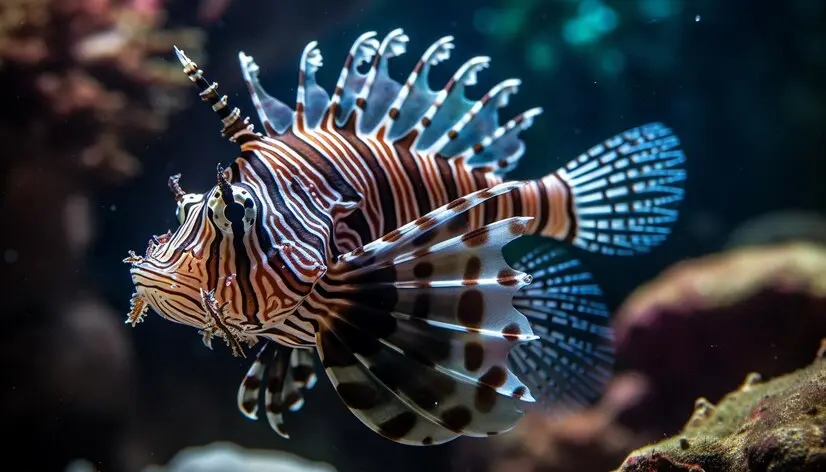
A deep-sea fish belonging to the family Bathylagidae. These small, elongated fish are adapted to live in the dark depths of the ocean and are found in various regions worldwide.
Indo-Pacific Humpback Dolphin
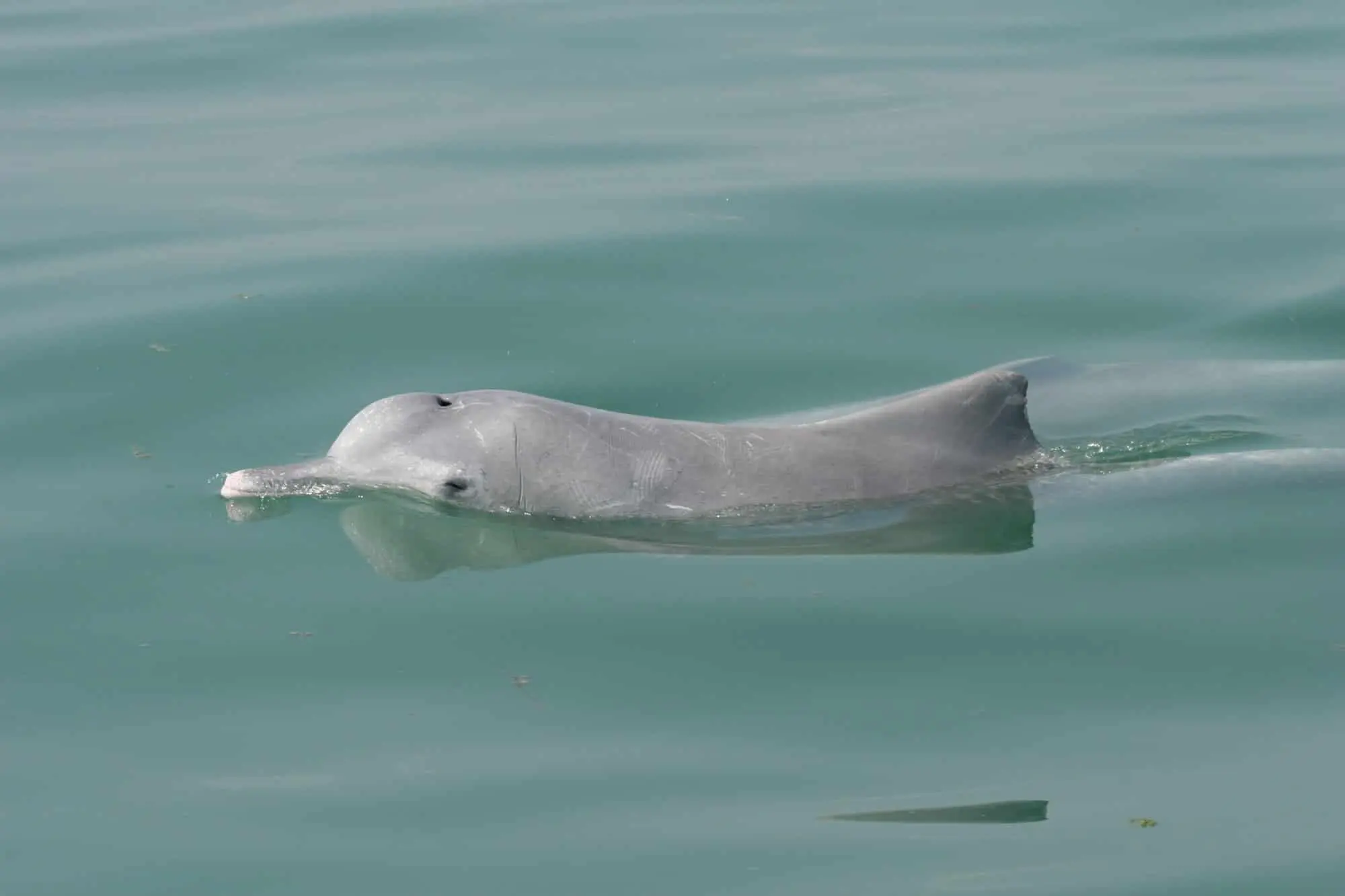
A species of dolphin inhabiting the coastal waters of the Indian and Pacific Oceans. Indo-Pacific humpback dolphins are known for their distinctive hump and elongated dorsal fin.
Ingrailed Longfin
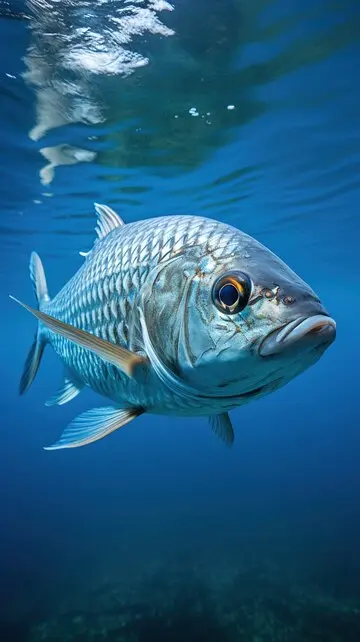
A type of deep-sea fish found in the Atlantic Ocean. It has an elongated body with a long, trailing fin, and is adapted to survive in the extreme conditions of the deep-sea environment.
Mammals
Irrawaddy Dolphin

A species of dolphin found in coastal areas and rivers of Southeast Asia. Irrawaddy dolphins have a rounded head and a unique appearance due to their short beak and rounded dorsal fin.
Indian Ocean Bottlenose Dolphin
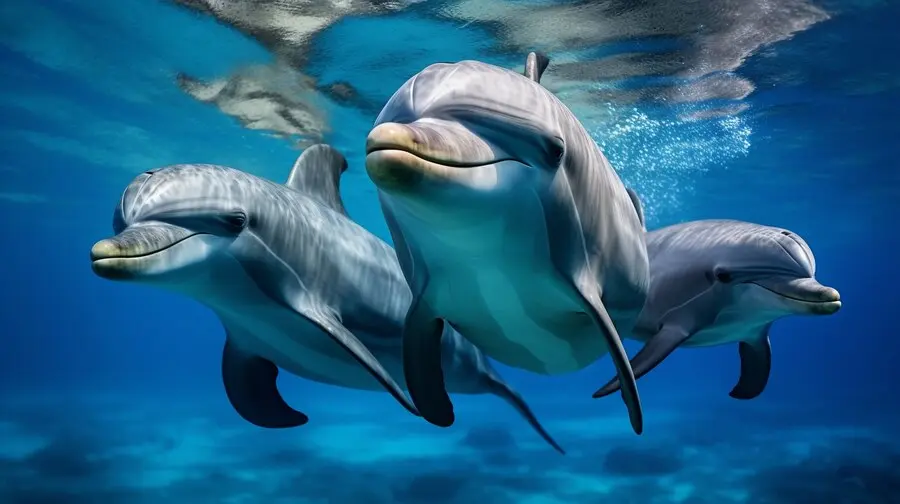
A subspecies of bottlenose dolphin found in the Indian Ocean. These dolphins are highly social and often seen in groups, displaying acrobatic behaviour and curiosity towards humans.
Famous animals that start with I
Inca Dove
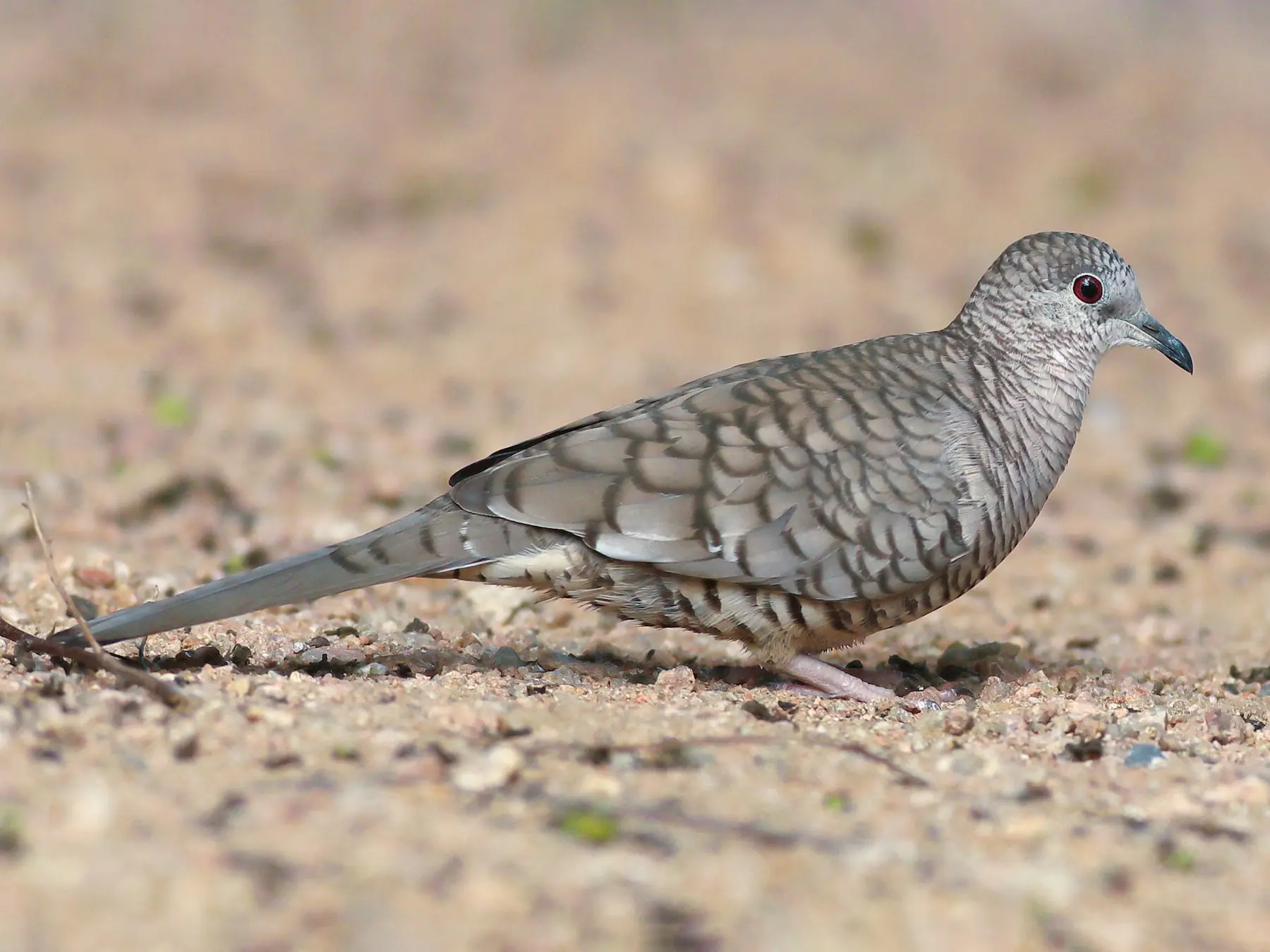
The Inca Dove, native to the Southwestern United States, Mexico, and Central America, is a small bird recognized for its scaled appearance and soft cooing call. Its habitat ranges from deserts to urban areas, where it feeds on seeds and grains. With its subtle beauty and gentle demeanor, the Inca Dove is a common sight in parks and gardens. Despite its widespread distribution, habitat loss and predation by invasive species pose threats to its populations, highlighting the importance of conservation efforts to ensure its continued presence in the wild.
Ilama
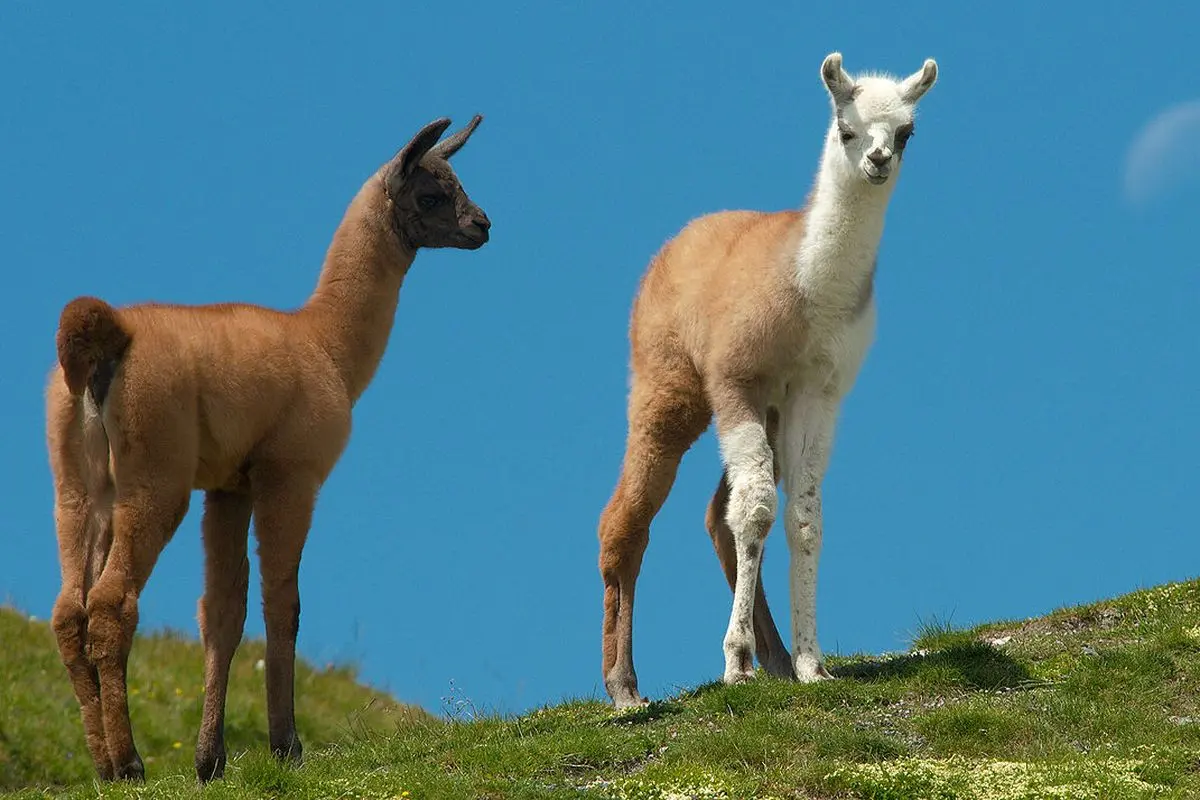
The Llama, native to the Andes Mountains of South America, is a domesticated camelid species highly valued for its wool, meat, and role as a pack animal. Llamas are known for their distinctive appearance, with long, woolly coats and banana-shaped ears. They have a gentle temperament and are used for carrying loads in rugged terrains where other animals struggle. Revered by Andean cultures for centuries, llamas hold cultural significance and are often featured in festivals and ceremonies. Despite their domestication, llamas face threats such as habitat loss and predation by wild carnivores in their native ranges.
Ijimaia
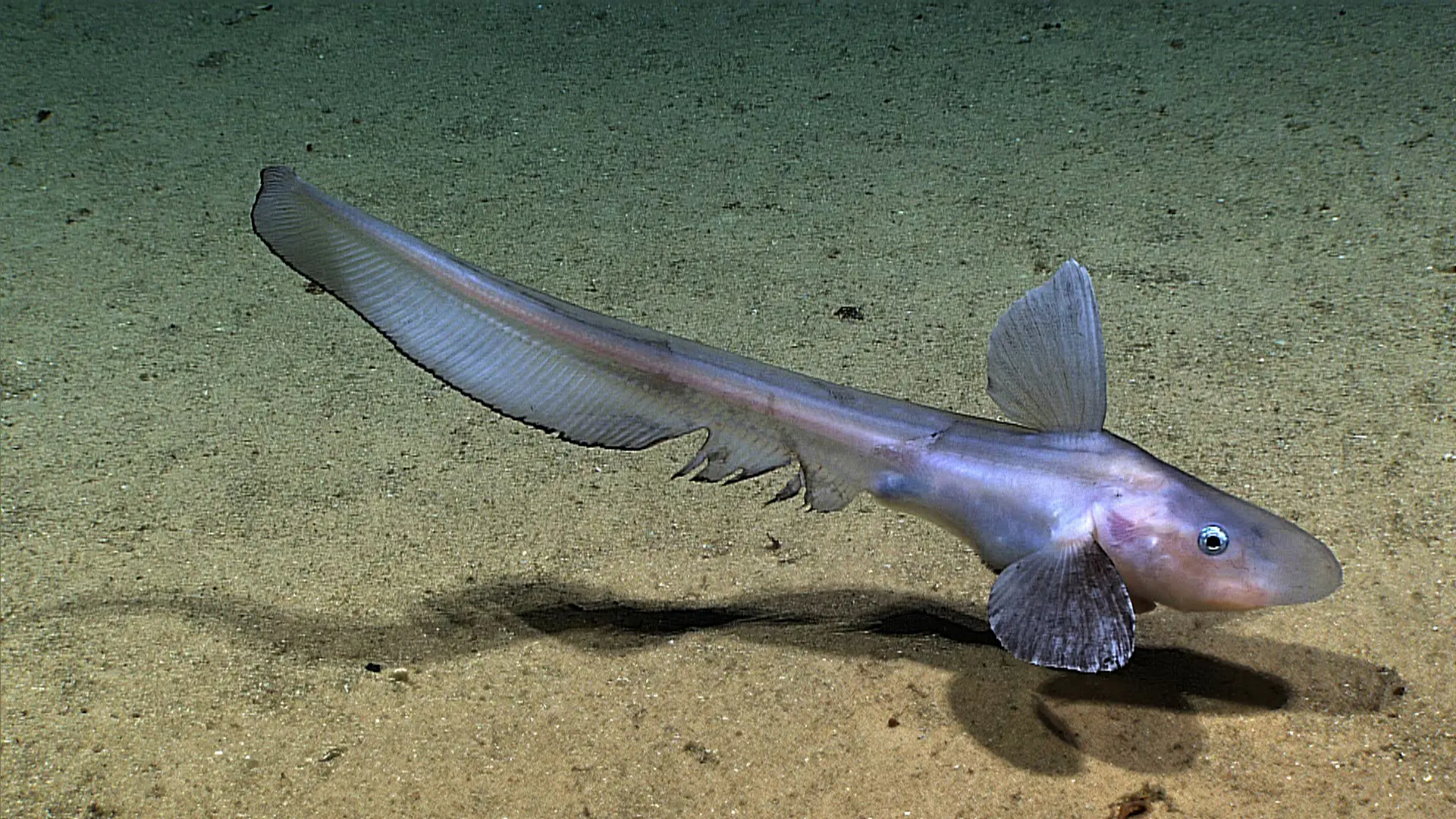
Ijimaia is a genus of marine cartilaginous fish belonging to the family Hexanchidae, commonly known as cow sharks. These deep-sea creatures are characterized by their elongated bodies, six or seven gill slits, and unique tooth morphology. Found in oceans worldwide, Ijimaia species inhabit deep waters, where they feed on a variety of prey including fish, squid, and crustaceans. Despite their wide distribution, Ijimaia sharks are relatively unknown to science due to their deep-sea habitat and elusive nature, highlighting the need for further research to understand their ecology and conservation status.
Irish Setter

Irish Setters are elegant and energetic hunting dogs known for their beautiful red coat. They have captured the hearts of dog enthusiasts and have been celebrated in literature, movies, and advertisements.
Indri
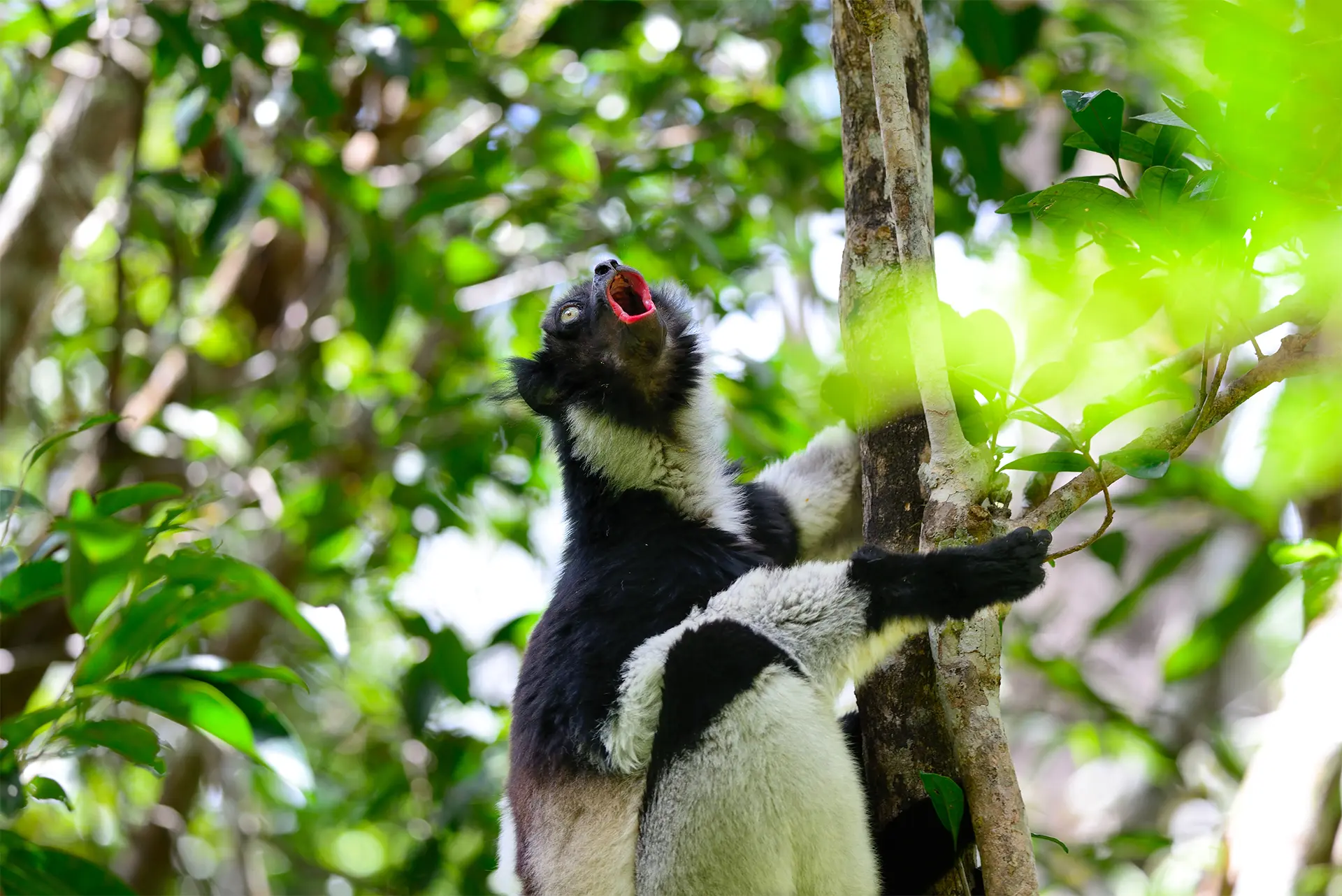
The indri is a large lemur species from Madagascar and is well-known for its unique vocalisations, which can be heard over long distances. They have become iconic symbols of the unique wildlife found on the island.
Indian Elephant
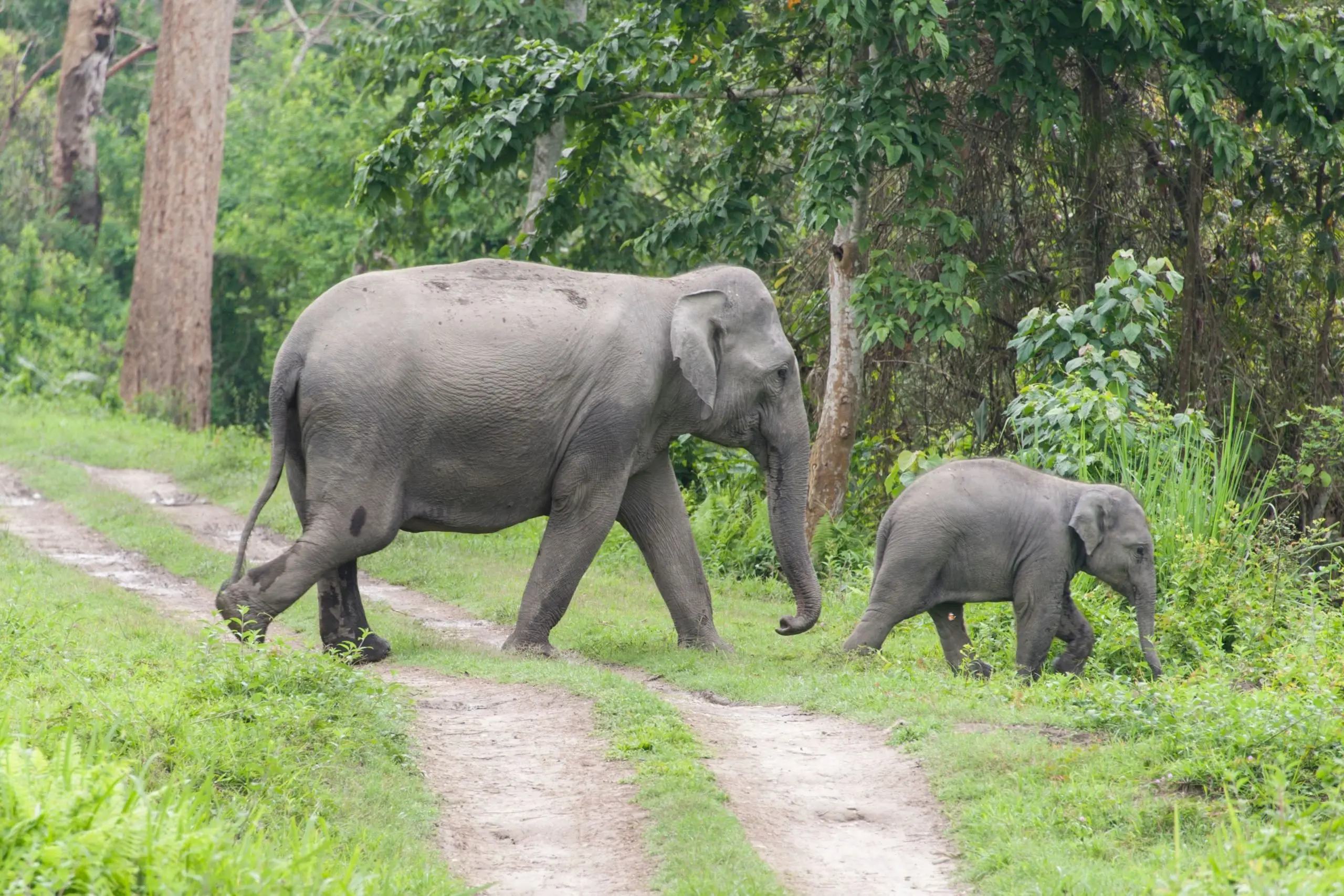
Are you wondering about an animal which denotes Indian origin? Indian Elephant comes in the list of i se animal name who denotes Indian origin. They are majestic creatures often associated with cultural significance and symbolism. They are revered in Indian culture and have been featured in religious ceremonies, festivals, and artwork for centuries.
Iquique Frog
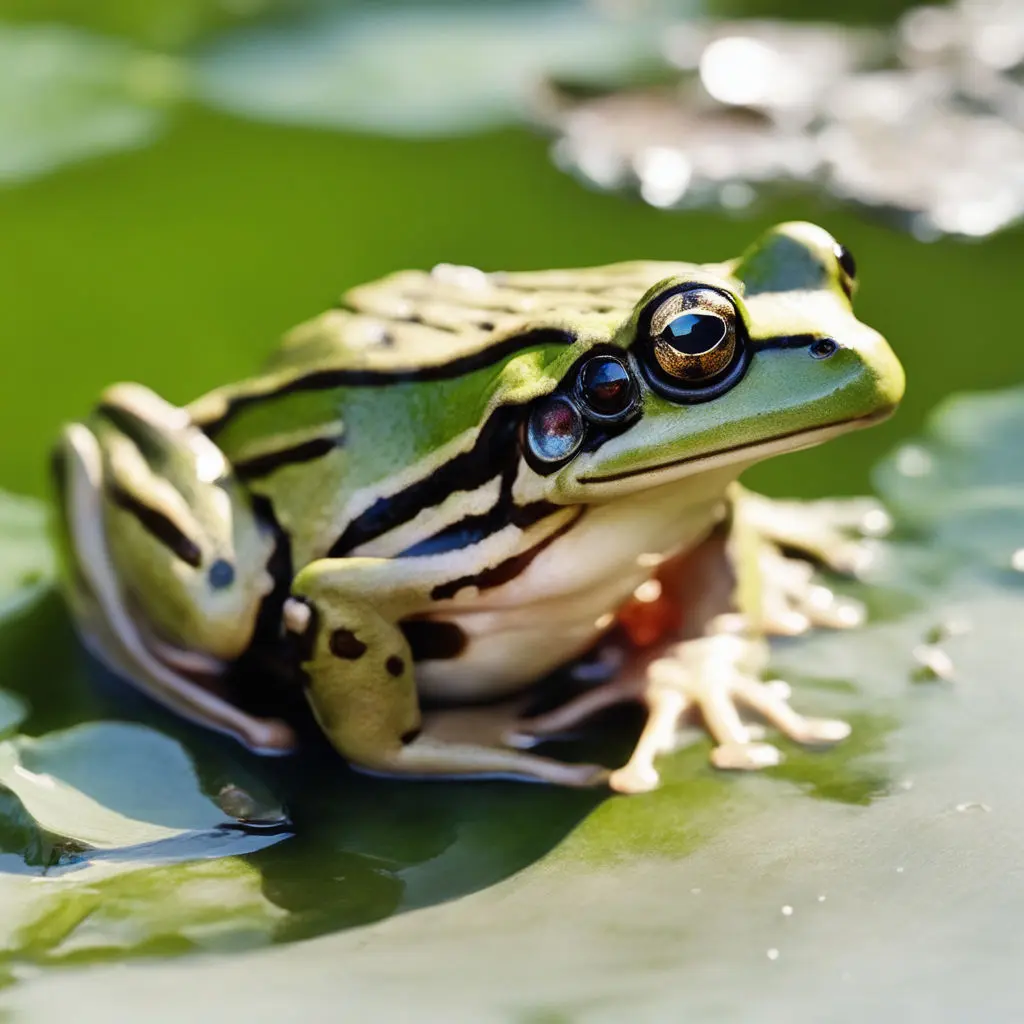
The Iquique Frog, scientifically known as Telmatobufo australis, is a species endemic to Chile. It inhabits the coastal Atacama Desert region, where it faces threats due to habitat destruction and pollution. This frog species has adapted to survive in harsh arid conditions, utilizing underground burrows to stay cool and moist during the day. Despite its resilience, the Iquique Frog population is declining due to human activities and climate change, making conservation efforts crucial for its survival.
Frequently Asked Questions
Q1: What is the lifespan of an iguana?
Ans: The lifespan of an iguana can vary depending on the species, but they generally live between 10 to 20 years in the wild and potentially longer in captivity.
Q2: How many species of ichneumon wasps are there?
Ans: There are thousands of species of ichneumon wasps worldwide, with estimates ranging from 60,000 to over 100,000 species.
Q3: How fast can an Indian elephant run?
Ans: Indian elephants can run up to speeds of 25 to 30 miles per hour (40 to 48 kilometres per hour) for short distances.
Q4: What do ibises eat?
Ans: Ibises are omnivorous birds that primarily feed on aquatic invertebrates, small fish, frogs, and insects.
